Order Peronosporales, Aquatic or terrestrial; parasitic on algae or vascular plants, the latter mostly obligate parasites causing downy mildews; in advanced species, zoosporangia borne on well-differentiated sporangiophores, deciduous and behaving as conidia (asexually produced spores); example genera include Albugo, Peronospora, Bremia, and Plasmopara.
Habitat
- They are aquatic, amphibious and terrestrial species.
- Forming a highly group of obligate parasites.
Somatic features
- Mycelium well-developed.
- Consisting of coenocytic slender hyphae that branch freely.
- Hyphae may be intercellular or intracellular.
- Produce spherical/knob or elongated type of haustoria (Haustorium is a specialized hyphal extension that is formed by some obligate fungi which penetrates into the host cell and absorbs nutrients).

Asexual Reproduction
- In most of the species asexual reproduction by means of only kidney or reniform shaped biflagellate zoospores.
- Sporangia are borne on the sporangiophore. Example – Pythium gracile, Pythium debaryanum, Phytophthora infestans, etc.
- Within the sporangium zoospores are produced.
- Upon germination a membrane bounded vesicle is produced at the end of exit or discharge tube.
- The undifferentiated protoplasm from the zoosporangium passes into the vesicle.
- Within about 15 to 20 minutes, the protoplasm differentiates into zoospores.
- Finally, zoospores released when the vesicle ruptures.
- After releasing, the zoospores swim for some time, come to rest, encyst and germinate each by a germ tube that develops into the new mycelium.

- In some of the species the sporangia borne on sporangiophores and are deciduous upon maturity.
- In this respect, the whole sporangium acts as a spore and germinates by a germ tube instead of producing zoospores. Example – Albugo candida.
Best safe and secure cloud storage with password protection
Get Envato Elements, Prime Video, Hotstar and Netflix For Free
Best Money Earning Website 100$ Day
#1 Top ranking article submission website
Sexual Reproduction
- Sexual reproduction is gametangial contact.
- Sexual reproduction is by means of well-differentiated oogonia and antheridia borne on the same or on different hyphae.
- Meiosis takes place in the gametangia, resulting in the formation of haploid oospheres and antheridial nuclei.
- The oogonium is generally globose, contains a single uninucleate or multinucleate oosphere, surrounded by a layer of periplasm.
- The antheridium is uninucleate or multinucleate.
- When gametangial contact is occurred, fertilization tube is formed by the antheridium, pushes through the oogonial wall and the periplasm, and reaches the oosphere.
- If the oosphere is uninucleate, a single male nucleus fuses with the female nucleus and forms the zygote.
- If the oosphere is multinucleate, more male nuclei fuse with female nuclei and multiple fertilizations occur.
- After fertilization, the oosphere develops a thick wall and becomes an oospore.
- The periplasm serves as nourishment for the developing oospore.
- The mature oospore generally lies free within the oogonial wall.
- After overwintering, the oospores germinate in the spring, by putting out germ tubes, which develops into mycelium.

Classification of Peronosporales order based on sporangia and sporangiophores characters
There are three well-defined families of Peronosporales:-
- Pythiaceae
- Peronosporaceae
- Albuginaceae
01. Pythiaceae
- Mostly non-obligate parasites or saprobes.
- Sporangiophores usually undifferentiated from the mycelium, branched, indeterminate growth, resuming growth after the production of a sporangium.
- Periplasm thin layer or absent.
- Haustoria absent or branched.
- Under suitable conditions they can cause various destructive diseases in plants.
Examples –
- Pythium spp. (cause seed rots, damping off diseases of seedlings of various plants).
- Phytophthora infestans (cause late blight of potato- cause Irish famine in Ireland during 1845-1849, resulted in the death of about 1 million Irish people, emigration up to 1.5 million people to North America).

02. Peronosporaceae
- Obligate parasites of plants with branched tree-like sporangiophores of determinate growth, differentiated from the mycelium.
- Producing sporangia at the tips of branch of sporangiophore.
- Periplasm persistent and conspicuous.
- Haustoria varied and usually branched.
Examples –
- Peronospora destructor (cause downy mildew of onion)
- Plasmopara viticola (cause downy mildew of grape)
A number of common genera of Peronosporaceae has been differentiated by the branching of their sporangiophores.
- Basidiophora
- Sclerospora
- Plasmopara
- Peronospora
- Bremia


03.Albuginaceae
- Obligate parasites of plants with unbranched, clavate or club shaped sporangiophores that bear, a basipetal chain of deciduous sporangia at their tips.
- Oogonial periplasm persistent and conspicuous.
- Haustoria knob-like.
- Example- Albugo candida (cause white rust of crucifers).
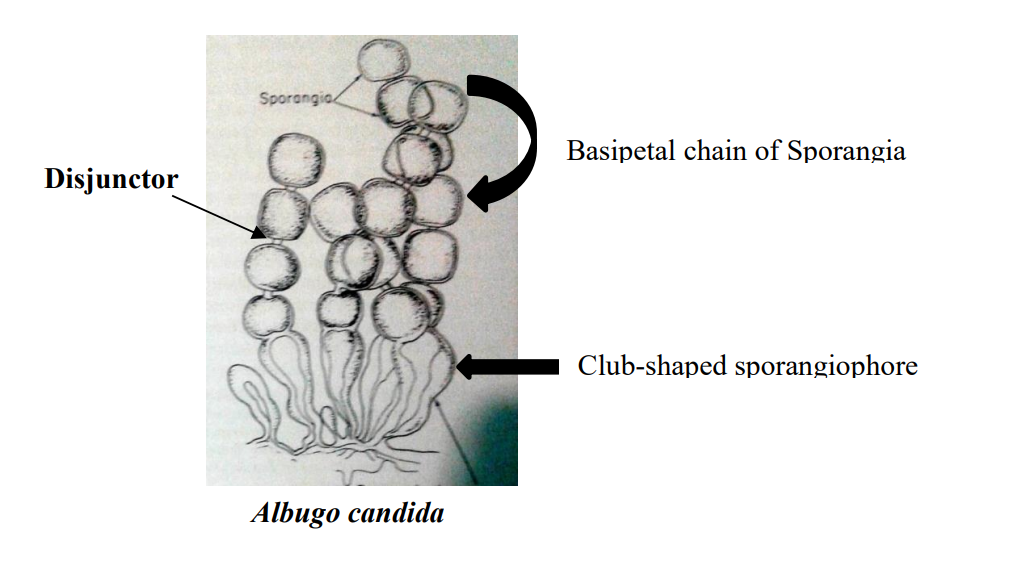
Important diseases caused by Peronosporales
1. Pythiaceae
- Pythium aphanidermatum – damping off of tobacco (Nicotiana tabacum) and stem rot of papaya (Carica papaya).
- P. myriotylum – rhizome rot of zinger (Zingiber officinale).
- P. debaryanum – damping of crucifers.
- Phytophthora infestans – late blight of potato (Solanum tuberosum).
- P. arecae – fruit rot disease (koleroga) disease of Areca (Areca catechu) plant.
- P. colocasiae – blight disease of colocasia (Colocasia esculenta).
- P. nicotianae – seedling blight of castor (Ricinus communis).
- P. palmivora – bud rot of toddy palm (Borassus flabellifer).
- P. parasitica – leaf rot of betel vine (Piper bettle).
2. Peronosporaceae
- Sclerospora graminicola – green ear disease or downy mildew disease of bajra (Pennisetum glaucum).
- S. sorghi – downy mildew disease of jower (Sorghum vulgare).
- Plasmopara viticola – downy mildew disease of grape (Vitis vinifera).
- Peronospora pisi – downy mildew disease of peas (Pisum sativum).
- P. destructor – downy mildew disease of onion (Allium cepa).
- Pseudoperonospora cubensis – downy mildew of cucurbits.
3. Albuginaceae
- Albugo candida – white rust of mustard (Brassica juncea).
- A. platensis – white rust of Boerhavia plant (Boerhavia repens)
- A. bliti – white rust of amaranthus plant (Amaranthus sp.).
Late blight of potato
Symptom
- The disease first appears as water soaked, light brown lesions on the edge or tips of the leaf blade.
- Under favorable condition lesions spread fast over the entire leaflet and petiole.
- Due to the infection the leaves become rolled towards the center from the margin.
- The lesions turn dark brown, dry and brittle after the death of infected leaf tissues.
- On the underside of the infected leaves, whitish growth of the fungus can be seen under high humidity (heavy dew or rain).
- On stems, late blight causes brown lesions that look greasy.
- The pathogen causes purplish-brown lesions on the surface of tubers .


Life cycle of Phytophthora infestans
Background
- In most areas of the world where potatoes are, P. infestans appears to survive the winter in the form of mycelium in infected tubers.
- But thick-walled oospores of this fungus are rarely produced in the most potato-growing regions of the world and do not appear to play significant role for the survival or propagation of the pathogen.
- This appears to be related to the fact that most of the strains of P. infestans are heterothallic and require two compatibility groups, called as mating types, designated as A1 and A2, in order to produce oospores.
- Before 1976 A1 mating type or compatibility group was widely distributed whereas both A1 and A2 compatibility groups were confined to the Central Mexico.
- But after 1976 A2 compatibility group of P. infestans had been migrated from Mexico to Europe resulting sexual reproduction and the number of pathogens rapidly increased.
- Now it is frequently occurring all over the world.
Effect of temperature and humidity on the life cycle of Phytophthora infestans
Temperature and humidity are the most important factors for the life cycle of P. infestans.
Temperature
- Optimum temperature for growth of the mycelium is about 21º C.
- If temperatures remain at about 26ºC, hyphae of the pathogen usually die within a week.
- Abundant sporangial formation takes in culture between 9 and 22º C.
- At this range abundant sporangia are produced within 14 weeks whereas at the lower temperatures (9-15º C) 48 hours is required.
Humidity
- Optimum relative humidity for sporangium production is 100% and minimum relative humidity is 91%.
- When relative humidity drops much below 100%, the sporangia die in a few hours.
- In the presence of water the sporangium germinates either directly by a germ tube that enters through a stoma and infects the leaf or by means of zoospores.
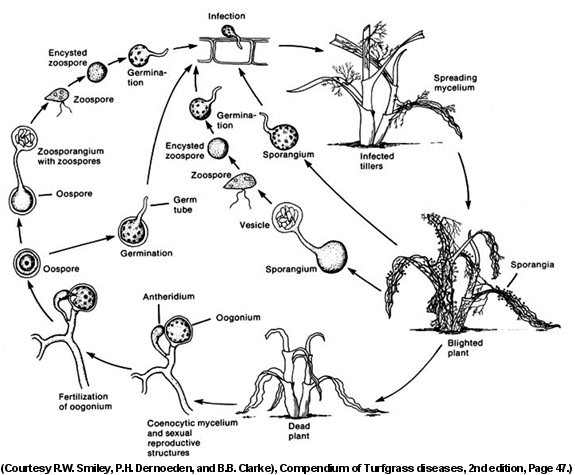
Antheridium
Antheridia in Phytophthora can be either amphigynous or paragynous.
Amphigynous antheridium
An amphigynous antheridium completely surrounds the oogonial stalk, an oogonium with an amphigynous antheridium forms when the oogonial hyphae grows through the antheridium.
Heterothallic species will always have amphigynous antheridia. Example – Phytophthora infestans.
Paragynous antheridium
A paragynous antheridium does not surround the oogonial stalk, and can be attached anywhere on the oogonium, in most species however, attachment will be close to the oogonial stalk. Some species exclusively produce one type of antheridia, but many species produce both types.
Downy mildew disease symptom
Initial symptoms include large, angular or blocky, yellow areas visible on the upper surface. The spots may appear angular and they are often delimited by veins. As lesions mature, they expand
rapidly and turn brown. The under surface of infected leaves appears water soaked. Upon closer inspection, a purple-brown mold becomes apparent. In disease-favorable conditions (cool nights
with long dew periods), downy mildew will spread rapidly, destroying leaf tissue without affecting stems or petioles.
Reference
This Article is completely based on by the lecture of Sarowar Hosan, Lecturer, Department of Botany, University of Dhaka
Some info and pictures have been added by author.
Reference used for info: Introduction To Mycology by Alexoporus and Compenduim of Turfgrass Diasease by Dernoeden and B.B. Clarke
 Plantlet The Blogging Platform of Department of Botany, University of Dhaka
Plantlet The Blogging Platform of Department of Botany, University of Dhaka
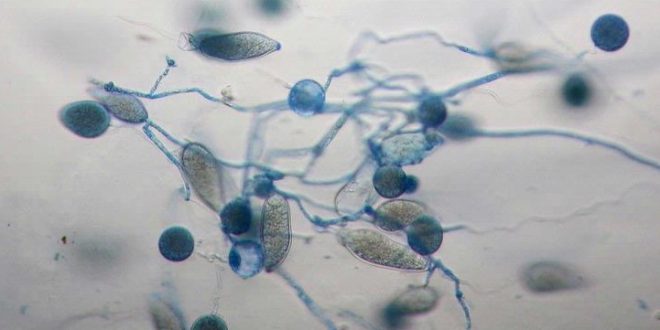


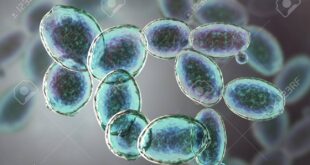
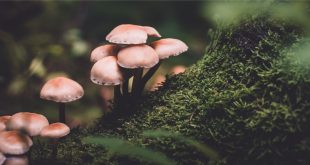
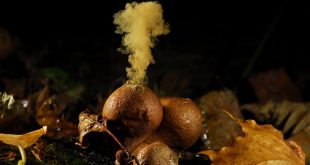
Informative
Thank you so much 🍀